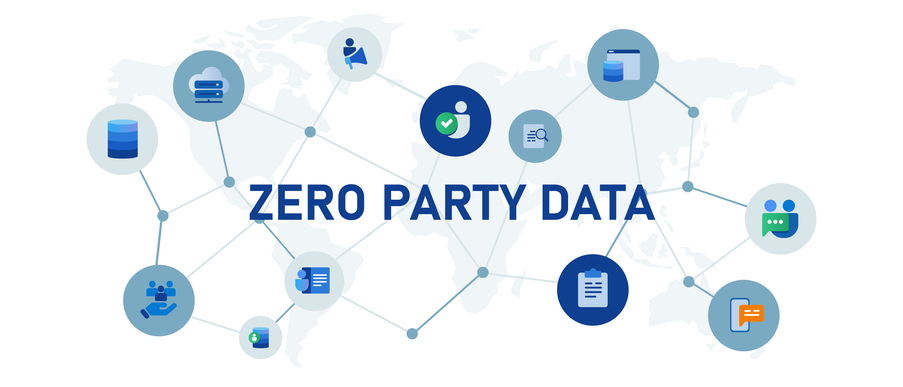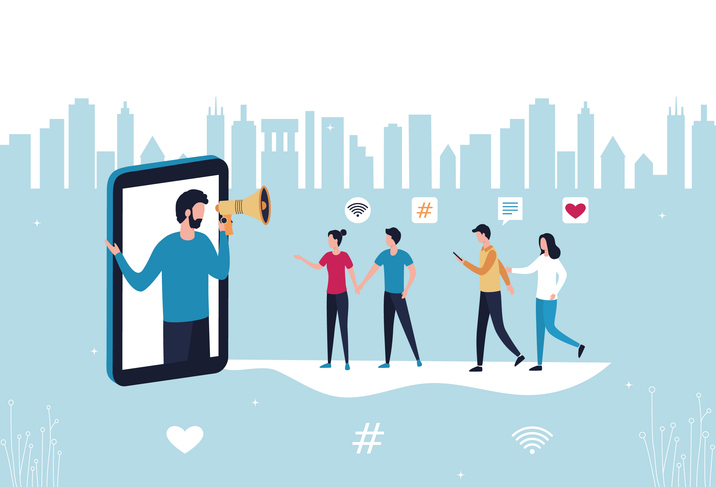One thing that has baffled business owners and marketing researchers for years is consumers’ decision making. No matter how many studies are performed or surveys conducted, consumers will continue to surprise experts with their purchase behaviour.
It may seem easier to organise your business’ annual budget, or carry out an inventory audit than understand what motivates your customers to act the way they do. It is even more complicated for e-commerce business owners.
It is hard enough to second-guess buyers’ decisions offline when you can see them, but how much harder is this online?
Since the advancement of the internet, the proliferation of smartphones and the popularity of social media, the mind of the typical online shopper has drastically changed.
The growing power of the consumer
In the past, brands held some sort of sway over the consumers, but today, it can be said that the roles have been reversed. Back in the mid to late 20th century, before the internet went mainstream, brands talked at customers and pushed their products towards them. At the time, buyers had limited product options and places to buy from, and they often had to follow the direction marketers laid out for them.
Today, the modern consumer is a torque de force. They are not only well-informed and dynamic, they also know every trick used by brands to sell products. They are picky, impatient, and inundated with so many alternatives. The baton of power has unquestionably changed hands with the consumer in complete control of their buying decisions.
The impatience of the online shopper
The internet is an unlimited resource of information and purchase options. The typical consumer knows he or she can find answers literally at their finger-tips. Therefore, if a website isn’t forthcoming, they will switch to the next available competitor. For any business owner, this is a potential loss of sale.
According to research, the attention span of the online consumer is 8 seconds – shorter than a goldfish’s. This means if your website takes a longer time to load or provide information, you will probably lose that customer. Web speed should form a strategy for online customer engagement.
What other purchase phenomena have been influenced by technology?
Mobile devices
Mobile phones greatly influence purchase decisions, giving buyers the power to buy items on the go, anytime, anywhere, as long as there is an internet connection. According to Google, more searches are performed on mobiles than on desktops. With the number of smartphone users tipped to reach 2.8 billion by 2020, the importance of the mobile cannot be ignored.
Longer buying cycles
Because of the large number of options available to them, consumers are taking their time to research the items they buy. It is no surprise that 75 per cent of buyers who abandon shopping carts return to the site within a 28-day period. Longer buying cycles mean more research, and more research translates to increased product knowledge.
Social proof
Thanks to the growth of social media platforms such as Facebook and Instagram, consumers can tell how many people enjoy, or don’t enjoy, a product. According to the marketing manager at umbrellar.com, Brendan Wilde, social proof plays a big role in consumer behaviour.
‘Opinion leaders such as social media influencers and celebrities who endorse products online can sway a significant number of their fans into using the products. About 70 per cent of our hosting clients apply social proof to their marketing strategies,’ he says.
Even review sites like Yelp add to the power of the online consumer by guiding them along specific directions in the purchase journey. Knowing what sites to avoid or products to buy is a huge boon for any online consumer.
These are some examples of how online consumers generally behave along the customer journey. While they have power over their decisions, it doesn’t mean brands are entirely powerless at influencing them.
Website designs and content strategies that can drive conversion
As a business owner, you can use this knowledge to increase chances of conversion on your ecommerce site. The following strategies have proven successful:
Limit the choices for your customers
According to Hick’s law, action is lost in proportion to the number of choices presented. This means that the more products displayed on your web page, the more time users will take to make a decision. Since consumers are impatient, hasten their choices by keeping your options limited per page.
Increase website speed
Is your web design delaying the loading time of your website or making it difficult to use? Get rid of unnecessary designs or complicated codes that make web pages heavy, preventing the site from slowing down, which turns users to your competitors. You can also engage the services of an expert SEO company to improve your online presence and site speed.
They can help build your online exposure and deliver higher leads which leads to better business for you.
Optimise your website for mobile
At 2 billion plus users, you cannot afford to ignore the benefit of smartphones for your business. If your website is still incompatible with mobile phones, ensure you get mobile-friendly quickly. What’s more, Google gives mobile-responsive sites SEO advantage over non-responsive ones on their search result pages.
Use white space in your content display
Internet users will only stay on websites that provide great user experiences (UX). Unfortunately, those with overcrowded text or images tend to do the exact opposite. Use white space generously to provide comfortable breaks from customers on your website. They not only simplify the content consumption process, they also improve the look and feel of your site.
Win customers over with emotion
No matter how evolved the buyer’s mind is, one thing that will always matter is their emotional disposition towards a product. Have a professional copywriter craft an emotionally compelling web page aimed at convincing your visitors to register for a subscription or to buy a product. An emotional angle is always a winner.
Add a hint of urgency
Still on the psychology of consumers, people tend to buy more when they get a sense of urgency. People are influenced by limited time (or scarcity) and it has been proven to hasten purchase decisions. You can use this to your advantage by putting a timer of product availability on your site or indicating a limited discount offer. Here are additional ways to add urgency to your site. When consumers feel they could be missing out, they will be motivated to buy quickly.
Are you using some of these methods already? What additional strategies have you used to increase your conversion rates?





